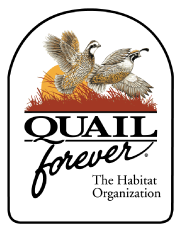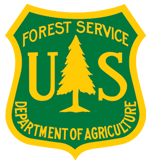NRCS Conservation Practices and Materials
Outcomes from Delivery of NRCS's WLFW-Bobwhite in Managed Pine Savannahs
In 2016, the Natural Resources Conservation Service’s Working Lands for Wildlife partnership began funding management activities designed to enhance, restore, and protect bobwhites habitat on private lands. Through the WLFW program, NRCS is able to assist landowners to voluntarily create and maintain bobwhite habitat in order to support the range-wide recovery of the species. In 2018, NRCS entered into an agreement with the University of Georgia to assess habitat outcomes and bobwhite population response to our conservation actions. n collaboration with the University of Georgia, NRCS is now looking to monitor some of these managed lands to help tease out habitat features that promote excellent bobwhite habitat. If possible, additional information (e.g., other forestry management actions employed) may also be collected through interviews with landowners and/or conservation partners.
Southeastern Hellbender Conservation Initiative
The Southeastern Hellbender Conservation Initiative (SEHCI), a collaboration between Defenders of Wildlife, NRCS and other conservation partners to support farmers using conservation practices on their lands that help restore hellbender habitat.
USDA Natural Resources Conservation Service (NRCS)
NRCS helps America’s farmers, ranchers and forest landowners conserve the nation’s soil, water, air and other natural resources. All programs are voluntary and offer science-based solutions that benefit both the landowner and the environment.
NBCI BRI Map for Northern Bobwhite
Developed by the National Bobwhite Conservation Initiative partnership, this Biological Ranking Information map denotes prioritized counties across the 25-state area of NBCI activity. Within NRCS, states participating in Working Lands for Wildlife-Northern bobwhite select from the blue priority counties to identify areas within each state where sign-ups for Farm Bill programs will occur.
Integrating Visual and Cultural Resource Evaluation and Impact Assessment for Landscape Conservation Design and Planning
While there is an increased need for cultural resource conservation and management in North America, there are few approaches that provide robust integration and combined assessment of visual and cultural resources. Determining the scenic value of important views and identifying potential risk for loss of that view are core components needed to design protection preserving scenic quality and the cultural resources contributing to scenic value and overall sense of place.
A Stream Classification for the Appalachian LCC PDF
A classification system and map was developed for stream and river systems in the Appalachian LCC region, encompassing parts of 17 states. The product is intended to complement state-based stream classifications by unifying them into a single consistent system that represents the region’s natural flowing-water aquatic habitats. The results can be used to understand ecological flow relationships and inform conservation planning for aquatic biodiversity in the region.
Climate Change Vulnerability Assessment of Species of Concern in West Virginia
Elizabeth Byers and Sam Norris. 2011. Climate change vulnerability assessment of species of concern in West Virginia. West Virginia Division of Natural Resources, Elkins, WV. This project assessed and ranked the relative climate change vulnerability of 185 animal and plant species in West Virginia.
Assessing the Potential Effects of Climate Change on Species in the Cumberland Piedmont Network of the National Park Service
In this study, we evaluate the climate change vulnerability of a subset of key species found in the Cumberland Piedmont Network (CUPN) of the National Park Service (NPS), an ecologically important and diverse region. We developed a list of species of conservation concern (globally and sub-nationally) within each of the fourteen NPS units in the CUPN. Next, we employed NatureServe’s Climate Change Vulnerability Index (CCVI) in order to determine which of those species may be most vulnerable to climate change, based on each species’ 1) direct exposure to climate change, 2) indirect exposure to climate change, 3) sensitivity, and 4) documented/ modeled response to climate change. CCVI results showed a range of vulnerability scores among taxonomic groups, including high vulnerability for mollusks and low vulnerability for migrant songbirds. Furthermore, we found that species of conservation concern were not necessarily those most vulnerable to climate change.
Notes from 06-12-2015 Connecticut River Pilot Core Team Meeting
Summary of discussion and outcomes, including maps used to facilitate discussion during the meeting.
Soil Climate Analysis Network (SCAN)
The Soil Moisture/Soil Temperature (SM/ST) Pilot Project, a cooperative effort by the Resource Inventory Division and the Soil Survey Division of the Natural Resources Conservation Service, was designed to examine network communications, sensors, data collection electronics, station maintenance, data management, system interfaces, and management of a large cooperative nationwide, comprehensive soil moisture and climate information system. SCAN (Soil Climate Analysis Network) is a continuous climate monitoring program that is an outgrowth of the SM/ST Pilot Project.
Predicting Brook Trout Occurrence in Stream Reaches throughout their Native Range in the Eastern United States
Abstract The Brook Trout Salvelinus fontinalis is an important species of conservation concern in the eastern USA. We developed a model to predict Brook Trout population status within individual stream reaches throughout the species’ native range in the eastern USA. We utilized hierarchical logistic regression with Bayesian estimation to predict Brook Trout occurrence probability, and we allowed slopes and intercepts to vary among ecological drainage units (EDUs). Model performance was similar for 7,327 training samples and 1,832 validation samples based on the area under the receiver operating curve (»0.78) and Cohen’s kappa statistic (0.44). Predicted water temperature had a strong negative effect on Brook Trout occurrence probability at the stream reach scale and was also negatively associated with the EDU average probability of Brook Trout occurrence (i.e., EDU-specific intercepts). The effect of soil permeability was positive but decreased as EDU mean soil permeability increased. Brook Trout were less likely to occur in stream reaches surrounded by agricultural or developed land cover, and an interaction suggested that agricultural land cover also resulted in an increased sensitivity to water temperature. Our model provides a further understanding of how Brook Trout are shaped by habitat characteristics in the region and yields maps of stream-reach-scale predictions, which together can be used to support ongoing conservation and management efforts. These decision support tools can be used to identify the extent of potentially suitable habitat, estimate historic habitat losses, and prioritize conservation efforts by selecting suitable stream reaches for a given action. Future work could extend the model to account for additional landscape or habitat characteristics, include biotic interactions, or estimate potential Brook Trout responses to climate and land use changes.
Document: January Core Team Meeting Notes/Summary
Notes and summary of presentations and discussions at the January Core Team meeting.
Proposed Timing and Process for Design Review
Short and long-term proposed steps for timing and process of design review and finalization
Pennsylvania Energy Impacts Assessment
In 2010, TNC scientists focused on projections of how new energy development could impact natural habitats in Pennsylvania to shape strategies that avoid or minimize those impacts.
Enhancing the Climate Resilience of America’s Natural Resources
The President's Climate and Natural Resources Priority Agenda is the result of an interagency process to inventory and assess current policies, programs, and regulations related to climate change adaptation. The Agenda builds upon the robust climate change adaptation work already accomplished by Federal agencies and identifies significant actions moving forward. It specifically mentions how Federal agencies working to address ecosystem management issues through LCCs and other multi-stakeholder bodies will work with partners to select flagship geographic regions for which they will identify priority areas for conservation, restoration, or other investments to build resilience in vulnerable regions, enhance carbon storage capacity, and support management needs. Within 24 months, these agencies and their partners will have identified and mapped the initial list of priority areas within each of the selected geographic landscapes or regions.


























